#1890s coat
Text

Blue Velvet Coat, 1895-1900, English.
By Marshall and Snelgrove.
Victoria and Albert Museum.
#Marshall and snelgrove#coat#1890s coat#1890s#1895#1890s extant garment#womenswear#extant garments#silk#velvet#19th century#English#British#1890s England#1890s Britain#V&A
474 notes
·
View notes
Text

Fireman's Coat
Late 19th Century to Early 20th Century
Japan
Japanese firemen's coats are reversible. When fighting fires, the coat was worn as shown, together with close-fitting trousers, a hood, and gloves. Saturated with water, these garments gave protection against flames. A bold, legible pattern on the back identified the fireman’s brigade. For festive occasions, the pictorial side faced outward. This coat shows the Toad Spirit offering to teach the robber Jiraya magic, provided he used it only to benefit humanity.
Denver Art Museum (Accession Number: 1999.265)
#coat#outerwear#fashion history#historical fashion#non western fashion#japanese fashion#late 19th century#early 20th century#turn of the century#1880s#1890s#1900s#1910s#denver art museum
1K notes
·
View notes
Photo



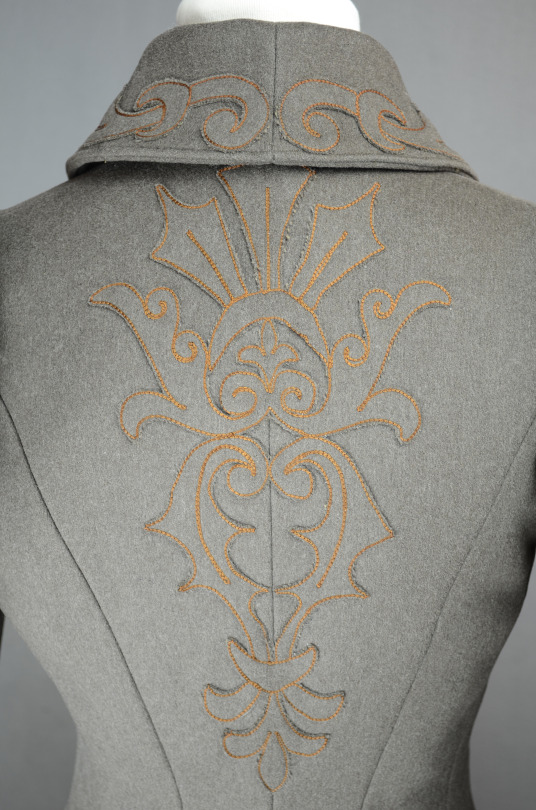
1894 Coat with leg-of-mutton sleeves and appliqué by unknown maker
wool, cotton
(Irma G. Bowen Historic Clothing Collection / University of New Hampshire Library)
2K notes
·
View notes
Photo

Tsuu T'ina or “Sarcee” coat, 1890, Alberta, Canada.
464 notes
·
View notes
Text






La Mode nationale, no. 10, 9 mars 1895, Paris. No. 25. — Groupe de manteaux et toilettes de demi-saison. Bibliothèque nationale de France
(1) Jaquette polonaise en drap couleur muraille, attachée devant par des brandebourgs. Manches ballon, surmontées par des jockeys plissés, garnis de franges.
Chapeau de feutre muraille, garni d'une touffe de coques de ruban muraille et rouge.
(1) Polonaise jacket in wall-colored cloth, attached in front with frogs. Balloon sleeves, topped by pleated jockeys, trimmed with fringes.
Wall felt hat, trimmed with a tuft of wall and red ribbon shells.
—
(2) Corsage de passementerie noire et blanche, à basques coupées par une ceinture semblable. Col montant. Manches ballon, à hauts poignets unis. Jupe de velours noir, coupée par des bandes de passementerie, avec bande semblable en ourlet. Grand chapeau rond, en velours noir, orné de coques de passementerie, de choux de ruban et d'une aigrette colonel.
(2) Bodice of black and white trimmings, with peplums cut by a similar belt. Collar. Balloon sleeves, with high plain cuffs. Black velvet skirt, cut with bands of trimmings, with similar band at the hem. Large round hat, in black velvet, decorated with trimmings, ribbon bows and a colonel egret.
—
(3) Manteau de drap gris, à col Médicis, doublé de velours. Chapeau rond, orné en dessus par un papillon de dentelle avec chou de ruban.
(3) Gray cloth coat, with Medici collar, lined with velvet. Round hat, decorated on top with a lace butterfly with ribbon trim.
—
(4) Grand manteau de drap gris ombré, à col montant, avec bretelles de velours noir, croisées sur la poitrine et revenant, en ceinture, s'attacher sur le devant en grand nœud, avec longs pans et coques. Sur les épaules, grande pèlerine en velours, coupée par des entre-deux de dentelle, avec revers de dentelle à l'encolure. Jupe unie, tombant jusqu'aux pieds. Chapeau de feutre gris, garni de choux de ruban et de deux ailes droites.
(4) Large coat of shaded gray cloth, with a stand-up collar, with black velvet straps, crossed over the chest and returning, as a belt, to tie on the front in a large bow, with long tails and shells. On the shoulders, large velvet cape, cut with lace inserts, with lace cuffs at the neckline. Plain skirt, falling to the feet. Gray felt hat, trimmed with ribbon puffs and two straight wings.
—
(5) Grande redingote croisée et boutonnée sur le côté, recouvert du haut par une pèlerine plissée. Manches gigot.
Chapeau de feutre, orné par un groupe d'ailes.
(5) Large frock coat crossed and buttoned on the side, covered at the top by a pleated cape. Lamb sleeves.
Felt hat, decorated with a group of wings.
—
(6) Grande jaquette de drap quadrillé, boutonnée avec revers encadrant un plastron brodé et brodés eux-mêmes de palmes de soie. Grand chapeau de feutre gris, orné sur le devant par un nœud alsacien, doublé en ruban rouge, avec fleur fantaisie au milieu.
(6) Large jacket of squared cloth, buttoned with lapels framing an embroidered bib and themselves embroidered with silk palm leaves. Large gray felt hat, decorated on the front with an Alsatian bow, lined with red ribbon, with fancy flower in the middle.
—
(7) Grande redingote de drap, ajustée derrière et flottante sur le devant, avec boutons semblables. Manches flottantes, avec jockeys ornés de broderie; poches et devant de la jupe brodés. Chapeau de feutre rond, orné d'un groupe de coques entremêlées à des choux.
(7) Large cloth frock coat, fitted at the back and floating at the front, with similar buttons. Floating sleeves, with jockeys decorated with embroidery; embroidered pockets and front of the skirt. Round felt hat, decorated with a group of shells interspersed with cabbages.
—
(8) Grand manteau de drap vert-bouteille, recouvert du haut par une pèlerine formée par trois collets ornés de piqûres. Étole de drap, ornée de boutons, encadrant un plastron de dentelle. Col semblable, froncé sur les épaules.
Jupe unie, ornée de broderies dans le bas, tombant jusqu'au bas de la robe. Chapeau Midas orné sur le devant par deux oreilles d'âne, formées par une draperie, et derrière par un groupe de pensées.
(8) Large bottle-green cloth coat, covered at the top by a cape formed by three collars decorated with stitching. Cloth stole, decorated with buttons, framing a lace bib. Similar collar, gathered on the shoulders.
Plain skirt, decorated with embroidery at the bottom, falling to the bottom of the dress. Midas hat decorated on the front with two donkey ears, formed by a drapery, and behind with a group of pansies.
#La Mode nationale#19th century#1890s#1895#on this day#March 9#periodical#fashion#fashion plate#panorama#description#bibliothèque nationale de france#dress#coat#cape#collar#jacket#gigot
30 notes
·
View notes
Text
if there’s one thing fallen london fans will do, it’s be way more dedicated to historical accuracy than the creators are lmao
#james speaks#me writing my fanfiction: how popular would this style of coat be in 1890s india?#fbg making character art: yeah this looks vaguely old fashioned. drop it.
42 notes
·
View notes
Photo

Source details and larger version.
Here's my seasonal collection of vintage (mostly weird) fashion.
#1890s#vintage fashion#big clothes#big coat#vintage yearbook#dandy#vintage illustration#fashion#yearbook#illustration
18 notes
·
View notes
Text
Les Mis 1.2.2
Following up from Pilf’s post, because clothing is the topic I have stuff to say about. [Also the rest of the action feels very natural follow ups from the previous 15 chapters: the people and house we met in 1.1.1-14 are about to encounter the guy having an awful day in 1.2.1, and this is Hugo’s set up for that.]
Caveat: my main research area is the mid-19th century (right around the time Hugo was finishing Les Mis, not the years it is set), and my working language is English. The US in 1860 is not France in 1815-1832, but I think some elements here do transfer over, or at least offer insight into how Hugo’s readers might have interpreted the text.
Main observations re: Baptistine Myriel’s clothing:
9 years is a very long time for a dress in active use. Washing and non-washing dresses will have different trajectories, but in contemporary non-fiction, making a silk dress last 7 years is a feat of clever planning and care. Five years is noteworthy. One to two years is more typical, and 3 months isn’t necessarily a frivolous waste (wearing a silk dress only once would be). Much like with the soup thing, the Myriel household is taking ‘practicing good economy’ to an extreme, almost absurd degree.
Also, the fact that Mlle Baptistine is still wearing her silk dress “in the style of 1806″ in 1815 is notably weird. Fiction and non-fiction sources of the 1850s/60s show economically-minded women remodeling their silks every season in order to keep up to date. Magazine articles give instructions for turning last year’s flounced skirts into gored ones, or adding puffed overskirts to update narrow gored skirts. Advice books recommend getting an extra yard or two of fabric so that you can update the sleeves of your dress when it’s taken apart for washing. Trousseaus should have some of the dresses left “unmade” (as lengths of fabrics) in case fashions change over the year. A missionary woman writing from not-yet-Seattle in the mid-1850s opines that the dresses she made for her wedding less than a year earlier are too “rusty” to be worn at home (in New York) but are sufficient for living in the woods.
So my impression of Baptistine is that she’s meant to be The Superlatively Economical gentlewoman, and also Not At All Vain About Clothes. She’s not spending her time or money on fashion, but the fact that she is still bothering to wear a silk gown for dinner is signalling that she’s still performing (her class’s) respectability. From this, and her letter about re-doing her room, I expect that her whole wardrobe and all the house’s domestic interiors are scrupulously clean and mended, but also old and likely inharmonious. The two women will do the work to live respectably, but will not spend any unnecessary money on their own comfort or aesthetics.
Hugo taking the trouble to describe Baptistine’s dress (”short waist, a narrow, sheath-like skirt, puffed sleeves, with flaps and buttons”) just reminds me of how much crinoline-era Victorians do not like the Neoclassical look. All of these specific elements are basically the opposite of early 1860s fashion--waists are worn just at/above the natural waist, skirts are about as wide as they can get, more fitted coat sleeves are replacing the wide-open sleeves of the late 1850s. It’s a bit different from how most modern folks seem to view the 1810s style (Austen! Romance! Bridgerton?): I’ll need to dig through my notes, but there’s at least one 1850/60s cartoon and one article I recall which amount to ‘yikes, the fashions of 50 years ago were awful’, and another article from the late 1860s which holds that the crinoline is a great improvement on the raised-waistline silhouette. I think we all prefer to ignore the weirdness of the c.1865-9 Second Empire style, but there were absolutely pairing high waistlines with fitted sleeves and trained skirts over elliptical or half-hoops (transitioning from the rounder cages of the late 1850s and early 1860s into the bustles of the early 1870s).
#Les Miserables#1.2.2#les mis letters#overthinking it#I have a long-running research project on just how long people expected clothing to last in the period 1855-1865#it's pretty fragmentary still#but the 1870s-1890s sources will give you exact timetables of what you should buy and when to maintain a ladylike wardrobe on a budget#most run a 3-year cycle in which you buy the highest quality fabric you can#remake your old best garments to be your next year's second-best#and rotate items seasonally#even so you're looking at a quality winter coat is used three years as the longest-lived garment#bonnets get retrimmed for each season and put away when the weather turns#dresses do one or two seasons before you put them away then get refreshed when they're agian in season and discarded or remade after that
47 notes
·
View notes
Photo
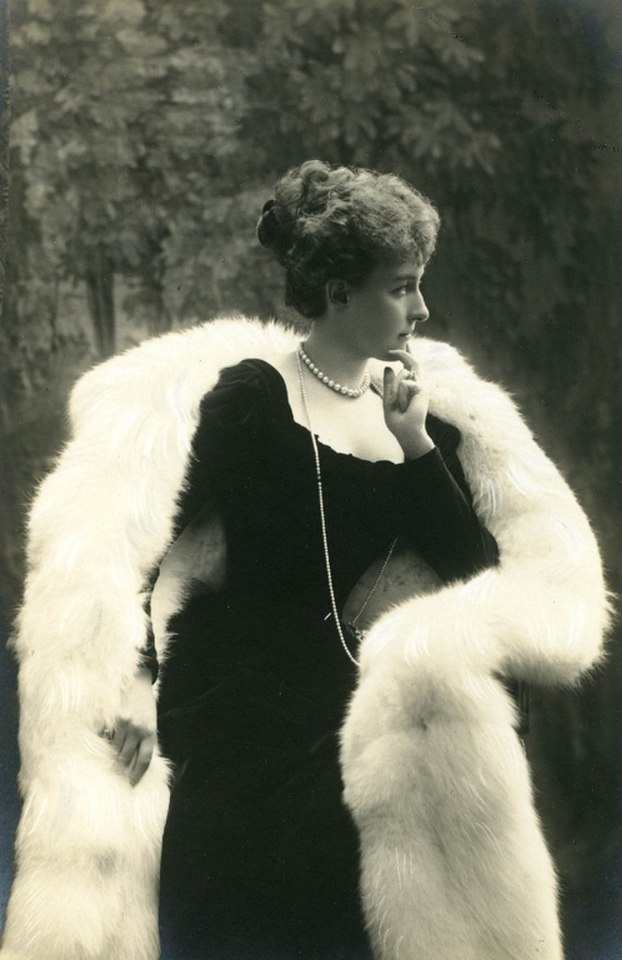
ca. 1898 Duchess Hélène of Aosta, shortly after the birth of her first son. From hmn.wiki/ru/Princess_Hélène_of_Orléans 1280X1974.
#1890s fashion#Late Victorian fashion#Belle Époque fashion#turn-of-the-century fashion#Hélène d'Orléans#bun#fur coat#scoop neckline#elbow-length sleeves#close skirt
34 notes
·
View notes
Text
Incredibly dramatic vibes in my most favorite Ulster Coat

All pieces of the outfit were made by me with patterns I draped myself!
#victorian fashion#historical dress#victorian era#victorian#purple#aesthetic#historical#historical costuming#historical fashion#dark academia#fashion#sewing#1890s fashion#1890s dress#ulster#ulster coat
98 notes
·
View notes
Text

#robert wadlow#robert wadlow trash#i've seen this pic before but it's in better quality#and there's some new info! ;D#helen's coat makes her shoulders look so big! :o#the mid 1890s is shaking right now! ;D#betty looks absolutely stylish and the wadlow boys look great as always!#and look at addie all fancy in that fur! ;)
0 notes
Text
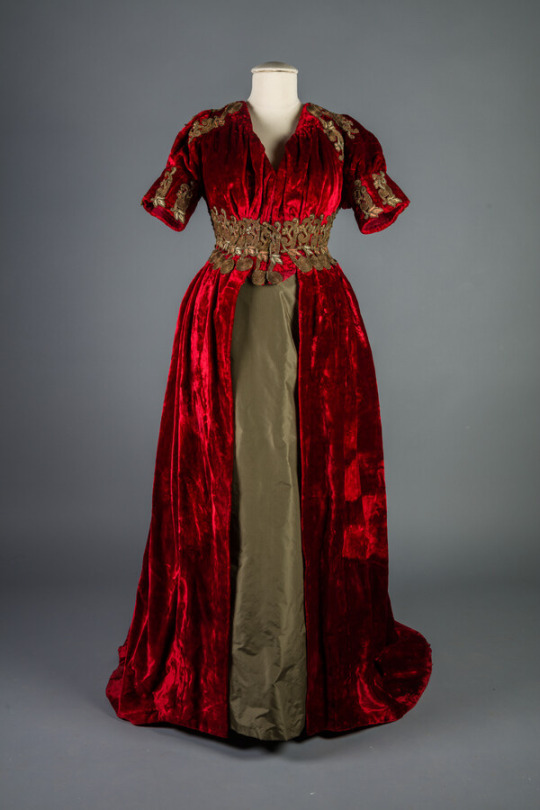
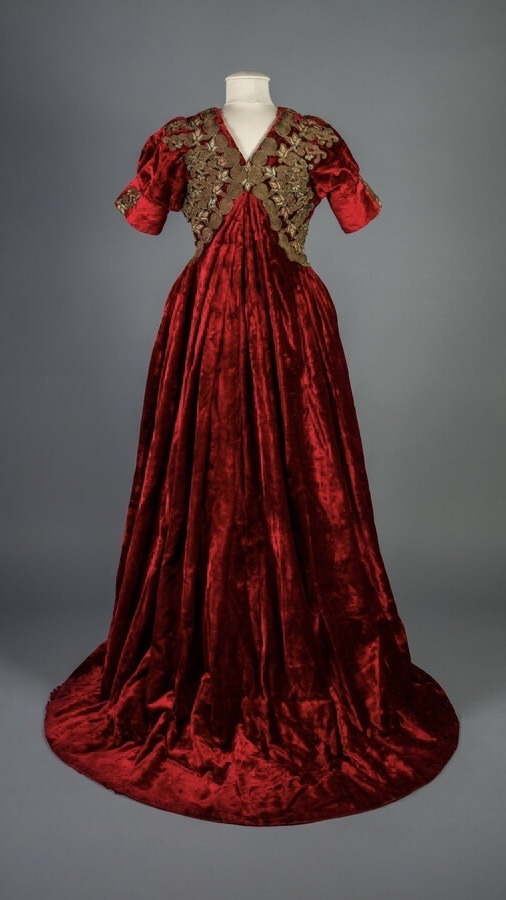
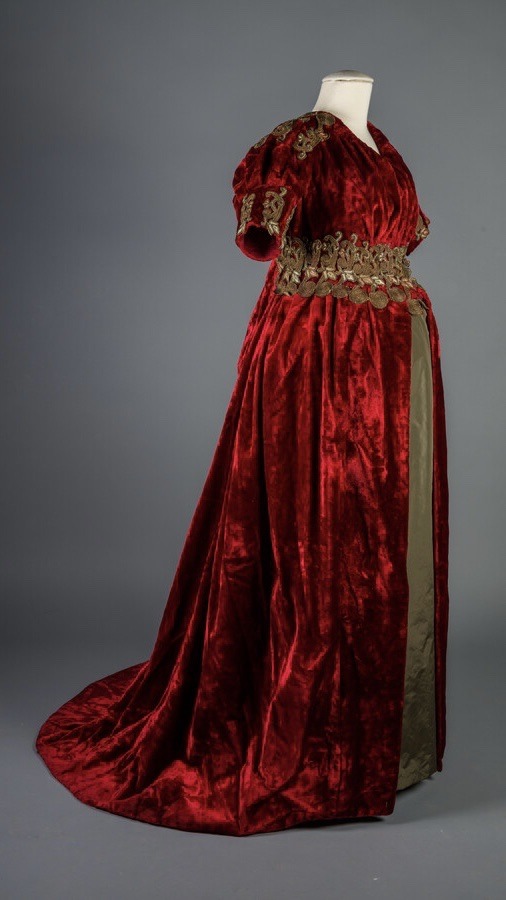
Red velvet evening coat, ca. 1890s.
Maryland Center History and Culture.
#Maryland center for history and culture#womenswear#extant garments#silk#19th century#velvet#red#1890s#1890s coat#1890s extant garment
238 notes
·
View notes
Photo
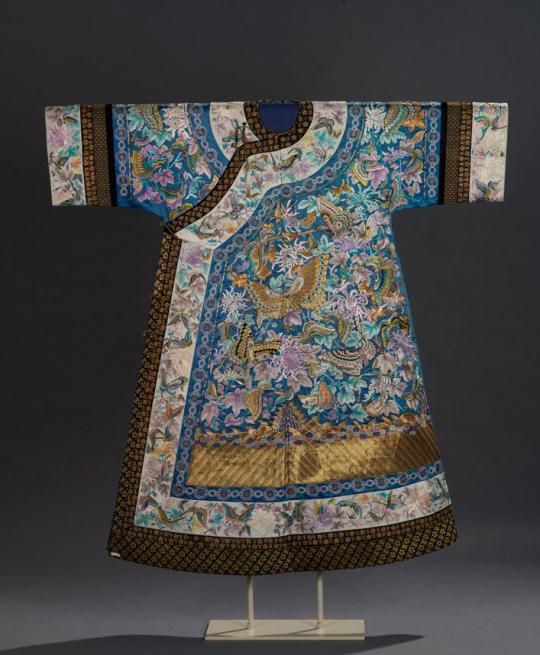
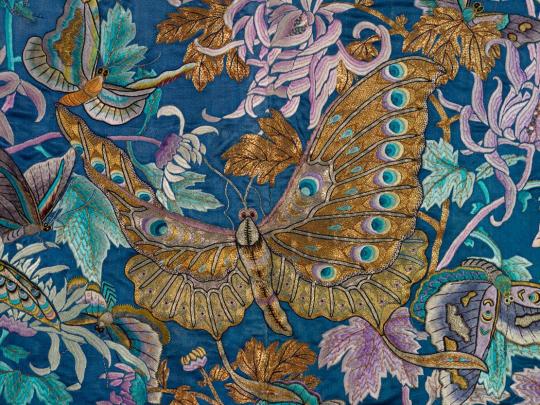
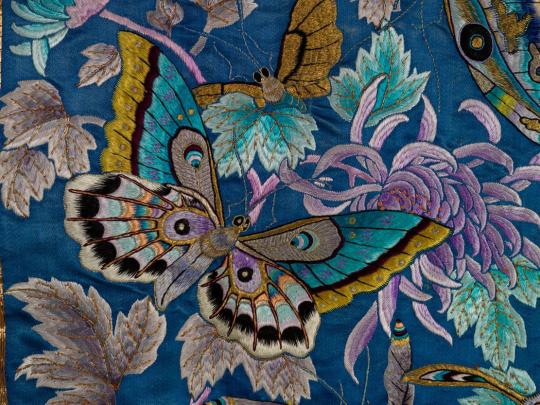
Coat, said to have belonged to Empress Dowager Cixi
c.1890-1900 (Qing Dynasty)
China
Royal Ontario Museum (Object number: 919.6.128)
#coat#fashion history#historical fashion#cixi#chinese fashion#non western fashion#1890s#1900s#blue#embroidery#19th century#20th century#silk#satin#empress cixi#empress dowager cixi#royal ontario museum#popular
2K notes
·
View notes
Photo
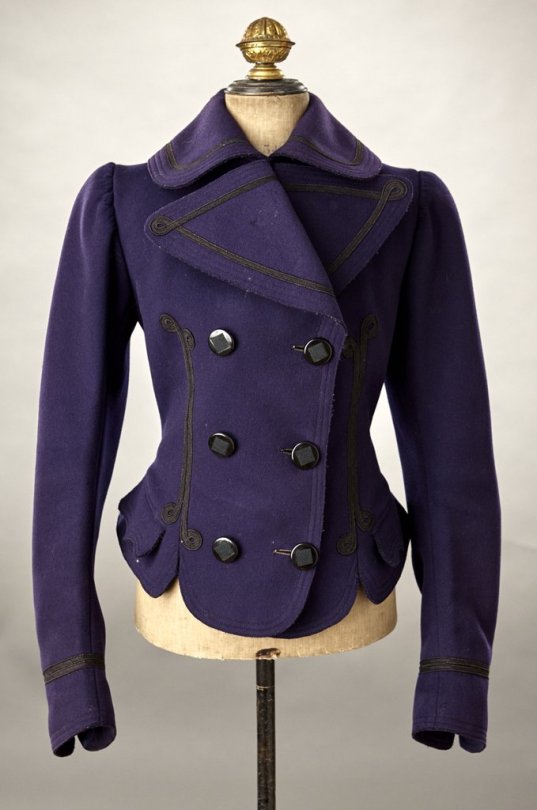
Jacket, 1890s.
72 notes
·
View notes
Photo

La Mode illustrée, no. 7, 18 février 1894, Paris. Manteau de pluie. Modèle de chez Mmes Coussinet-Piret, rue Richer, 43. Ville de Paris / Bibliothèque Forney
#la mode illustrée#19th century#1890s#1894#periodical#fashion#fashion plate#Forney#dress#mantle#coat#cape#rain#cloak#veil#stripes#Modèles de chez#Madames Coussinet-Piret
233 notes
·
View notes
Text
Hogwarts Fashion During Hogwarts Legacy
A cheat-sheet for making your writing/art historically accurate, and some inspiration for your MC - women's addition.

Victorian fashion was complicated, both in terms of the construction and the rules that dictated when certain garments could be worn. Age played an important role in what a person was permitted to wear, so lets break it down that way:
Younger Students (Roughly years 1-4)
Generally speaking, girls dressed in similar styles to their mothers, but with altered hemline lengths. Up until roughly 13-14 years old (exact ages were decided by the girl's family) her hemline would fall around the knee. At 14 it would be lowered to the middle of the shins.
At this age girls would wear dresses, and so you could suggest that Hogwarts uniforms for girls at this age would not consist of the shirt and skirt combo that MC and various NPCs wear.
Most schools in the 1890s did not have set uniforms, but instead girls were expected to wear an apron to protect their clothes from ink and chalk dust.
At this age it was still considered socially acceptable for girls to wear their hair down, or in more simple hairstyles like braids. Popular hair accessories included ribbons and straw hats.
Time for some examples:

This is an example of a day dress (casual clothes) from 1893. Smocking (the embroidery technique used at the collar, waist and cuffs) was popular in young girls clothes.

Another example of children in day dress. The girl on the far left is probably about 13-14, the older girl on the right is closer to 15.
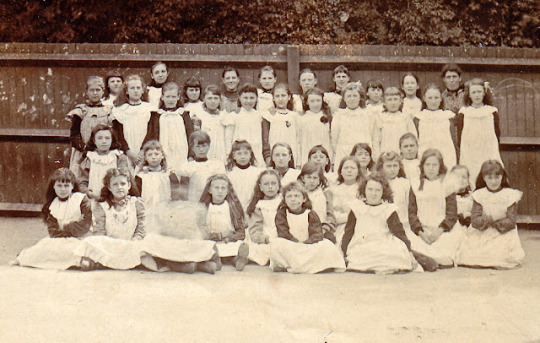
An example of the aprons worn by younger students.
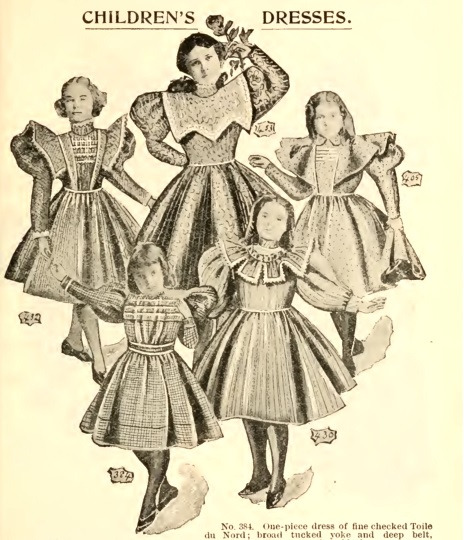
Details of the dresses worn underneath (technically from 1897 but the styles are fairly similar)
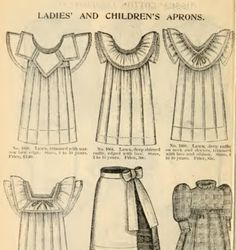
Details of the aprons worn
Older Students (Roughly years 5-7)
Around the time that the MC joins at Hogwarts, she would, depending on her personal preferences, have kept her skirt at her mid shin or dropped the hem to her ankles. Around the age of 17, girls would be expected to fully let down their hems to the floor, signifying their shift to adulthood.
At this point dresses would become less popular during the day, and were replaced by blouses (complete with very large sleeves) and a skirt. Men's tailoring and sports clothes shaped women's fashion at the time, and greatly influenced what girls wore at this age.
Girls would also typically stop wearing their hair down during the day, resorting to simple up-dos instead.
The time at which each girl made these changes depended on her and her family. While some girls had no choice but to listen to their parents, often they were able to bargain for an extra few months if they so wished.
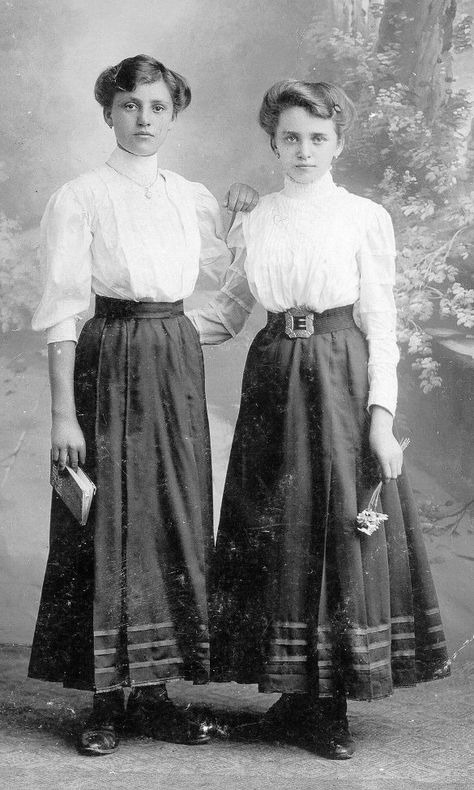
An example of two girls around the age of 15 in very typical day outfits.
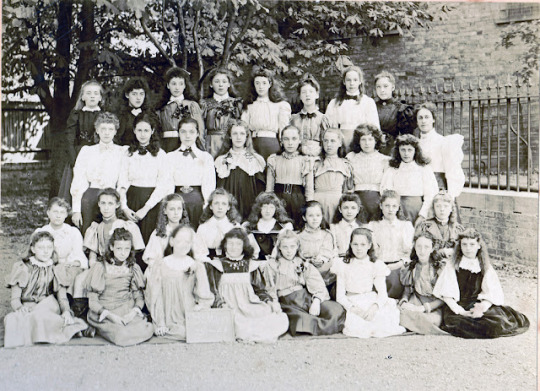
A selection of school girls - those sitting are no older than 14, those standing are no older than 16.
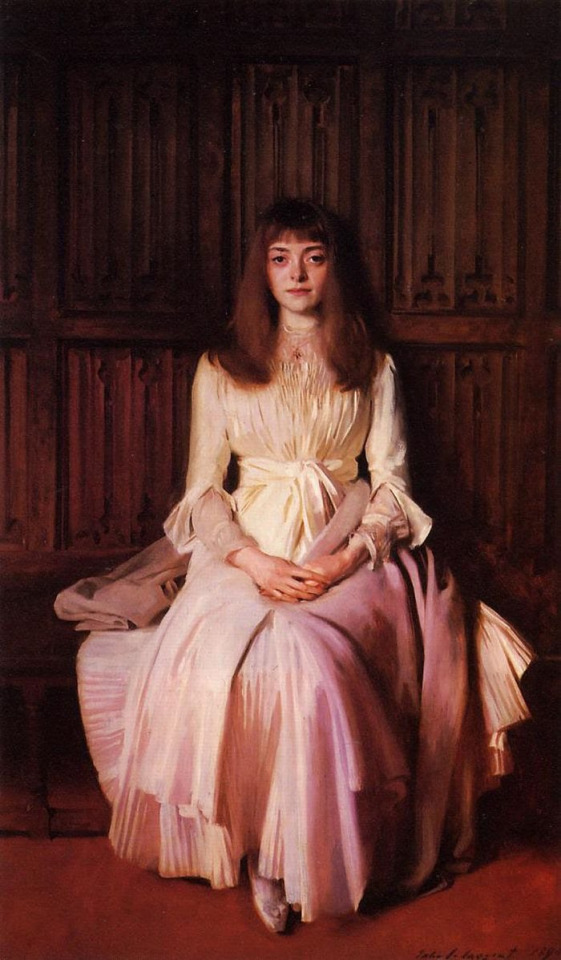

At the age of 15-16 girls would begin to attend more family functions and required new styles of clothes. These paintings show the same tea gown. These were made to be worn at home, never in public, when the family was hosted guests or a less formal dinner. They could be worn at all times of the day.
Day clothes for students who dressed as adults (17+):

A British Upper VI class (age 17-18) and some teachers in 1894. All girls now wear dresses with their hems on the ground, and hair tied up.
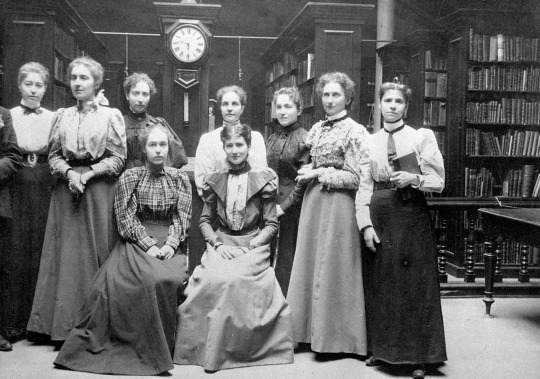
Middle class girls fashion in the 1890s
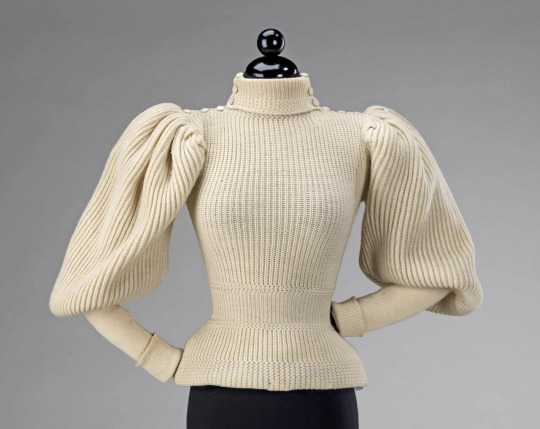
A Woman's sweater from 1895
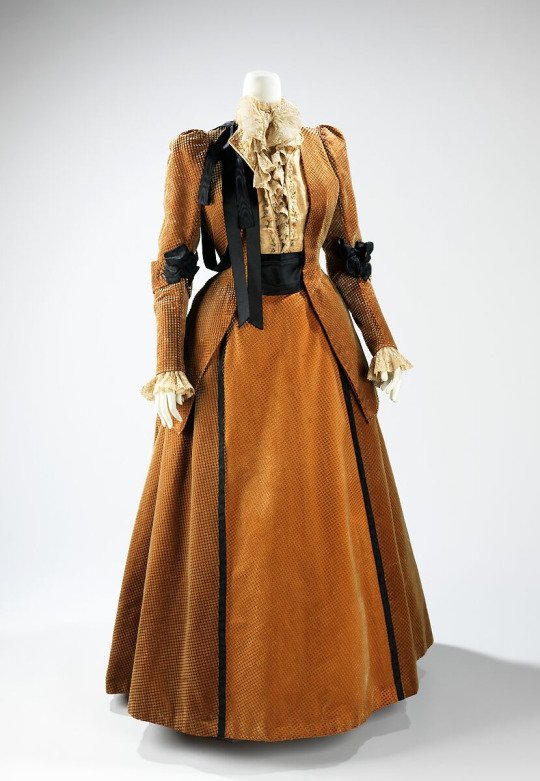
Walking outfit from 1894 - essentially a more substantial outfit for spending time outdoors.

A more expensive version of a day outfit.
Tea gowns:
Generally identified by their loose fit, high neckline, and a train that falls from the shoulders. Additionally they may also be made with a large coat over the top. The shape was inspired by medieval fashion and so they're a good source of inspiration for the wizarding world imo.

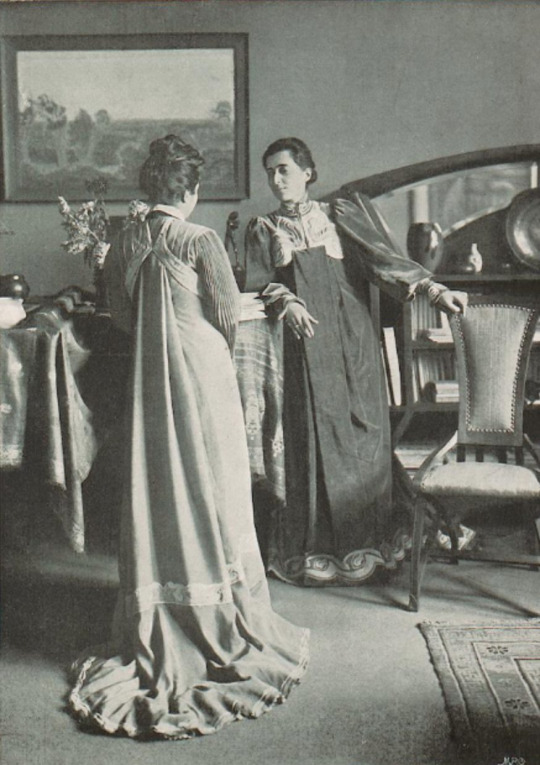


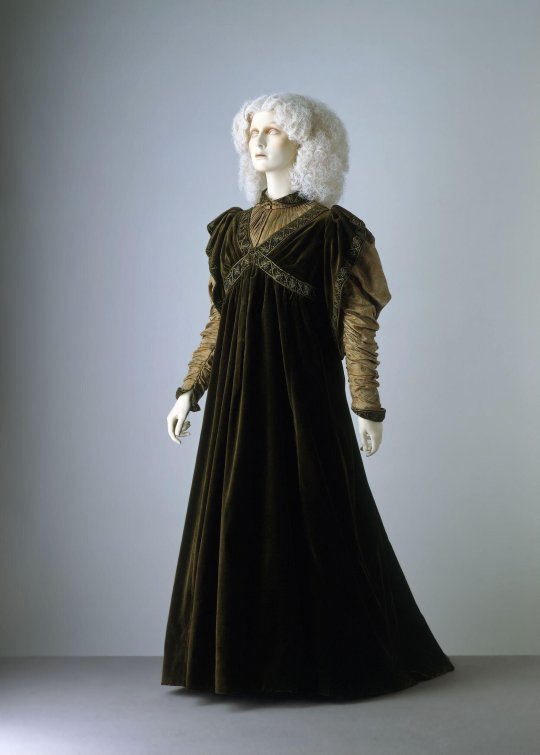
Evening gowns:
Worn for the most formal evening events, and generally expose more skin than day clothes. Staple accessories included fans, opera gloves, and (if you're that way inclined) tiaras were coming into popularity at this time.
Rule of thumb for all fashion at this time, the sleeves get largest in the middle of the decade, and shrink back down again towards the end.

1894

1893

1898

1893-1895

1894

1898
#Wow first post on this account is the nerdiest thing i could possibly pick#enjoy!#hogwarts legacy#harry potter hogwarts game#sebastian sallow#sebastian sallow x mc#sebastian sallow x you#sebastian sallow x reader#ominis gaunt#ominis gaunt x you#ominis gaunt x reader#garreth weasley#garreth weasley x mc#garreth weasley x reader#ominis gaunt x mc#hogwarts legacy art#hogwarts legacy mc#historical references#fashion references#1890s
2K notes
·
View notes